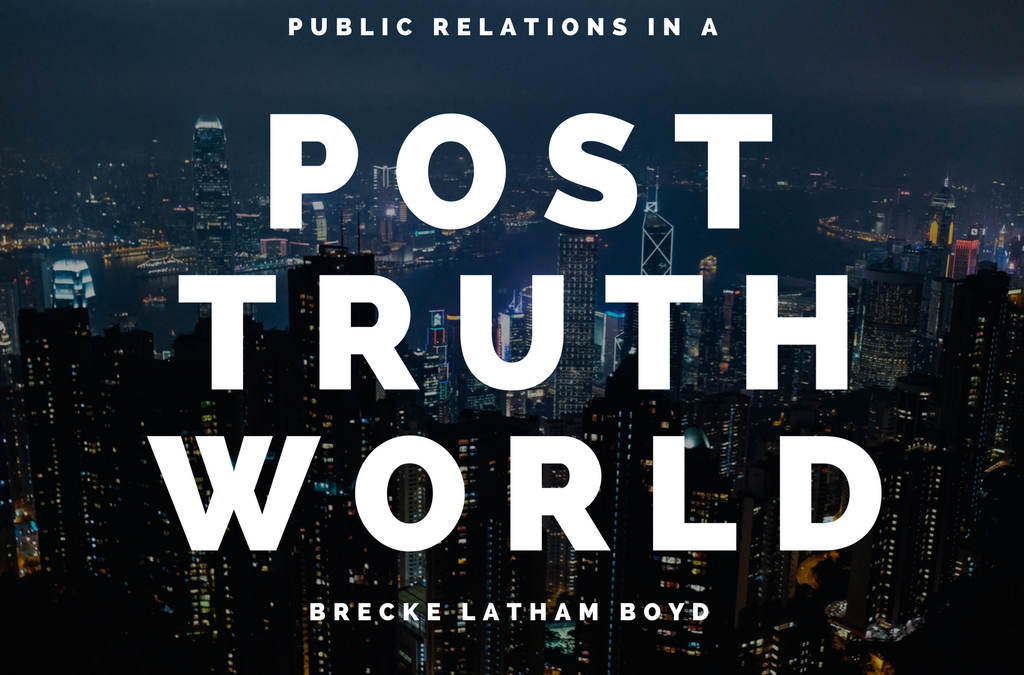Many commentators, political pundits, and statisticians have adopted the term “Post Truth” to describe the widespread distrust of news outlets and consumers’ penchant for cherry-picking which facts they choose to believe and which they dismiss with the label of “fake news.” As such, the concept of what constitutes a “fact” has come up for public debate. Anything from verb choice to omissions of information can draw the ire of a reader.
As it stands, a combination of our cognitive structure and our education system teach citizens to pick a standpoint and make all incoming information fit that standpoint. Our brains are wired to look for patterns, even where there aren’t necessarily patterns. Consider, for example, an athlete who relies on a lucky charm or hype song to guarantee a win. An empirical controlled study would find little to no correlation between these behaviors and a team’s win, but in the mind of the individual, these two are inextricably linked. Evolutionarily, humans relied on patterns for hunting and traveling, but today, this feature seems to function as more of a bug.
Additionally, consider the way we teach students how to construct a paper. First, they pick a thesis statement, and then they have to find the research that supports their original viewpoint. Starting in middle school, we teach children to choose only those sources that support their viewpoint, and to contort contradictory evidence to fit into their thesis. We don’t teach children to chance their viewpoints when they encounter newer or additional information — we teach them to cling steadfast to what may be a wrong viewpoint and to attack or undermine any contradictory data. In the words of economist John Maynard Keynes in response to a Congressional hearing about why he changed his viewpoint on taxation, “When I learn new information, I change my opinion. What do you do?”
Professionals in the PR industry now have to navigate a terrain where anything could be true or false depending on the viewpoint and principles of the reader. As such, trust and transparency seem to have emerged as the currency of the modern era. The kiss of death for a number of businesses and individuals’ reputations has been not only a gross misstep, but a gossamer-thin attempt to cover it up.
In order to maintain some level of credibility, PR professionals have to rely on values and behaviors to spin their narratives. It’s been well documented that young professionals with internet savvy are willing to spend extra money or withhold their business depending on a company’s morals, values, and treatment of their employees. As such, when push comes to shove, businesses need to be able to lean on their reputations as they’ve been shaped by their corporate culture and mission statements. That way, when something controversial or potentially damaging arises, the company can call on its behavior and the behavior of its shareholders and employees to back up its decisions. While readers can debate a way that a story was reported, it’s hard to argue when a company, its leadership, and its practices all speak for itself.

